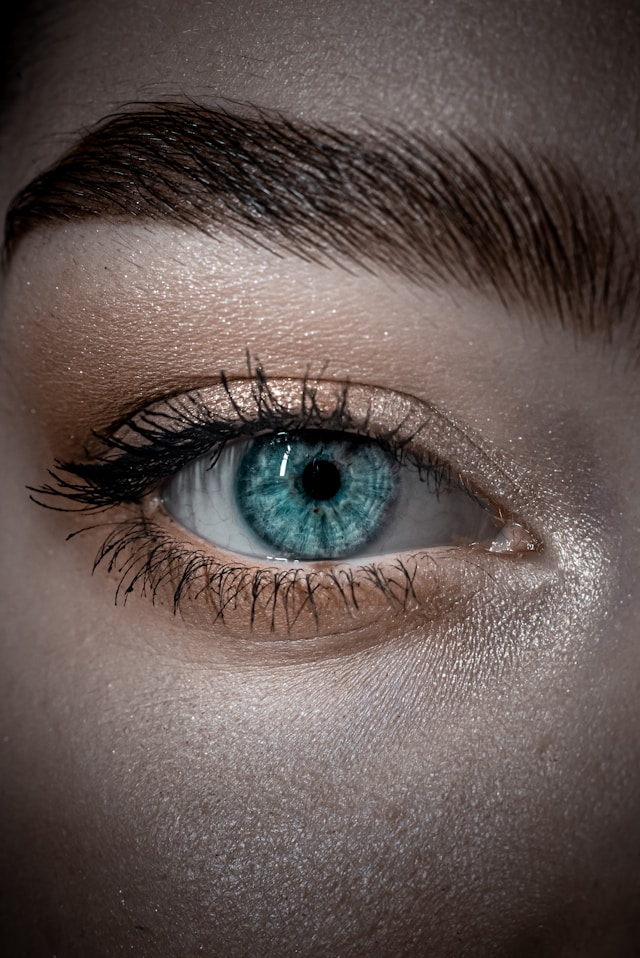
Introduction:
Lazy eye, or amblyopia, is often associated with childhood, but what about adults? Contrary to common belief, lazy eye can persist into adulthood, affecting vision and quality of life. While treatment options for adults may differ from those for children, there is hope for improving visual function and enhancing binocular vision. In this comprehensive guide, we will delve into the complexities of lazy eye treatment for adults, exploring the latest advancements, challenges, and avenues for reclaiming clarity of sight.
Understanding Adult-Onset Lazy Eye:
Lazy eye occurs when one eye has significantly better vision than the other, leading the brain to favor the stronger eye and suppress visual input from the weaker eye. While lazy eye typically develops during childhood, it can also manifest in adulthood due to various factors, including:
- Uncorrected Childhood Amblyopia: Some individuals may have undiagnosed or untreated lazy eye from childhood that persists into adulthood.
- Eye Misalignment (Strabismus): Adult-onset strabismus can lead to amblyopia if left untreated, as the misaligned eye may not receive adequate visual stimulation.
- Refractive Errors: Discrepancies in the prescription of each eye, such as nearsightedness, farsightedness, or astigmatism, can contribute to lazy eye in adulthood.
- Neurological Conditions: Certain neurological disorders or injuries affecting visual processing pathways in the brain can result in amblyopia later in life.
Challenges in Adult Lazy Eye Treatment:
Treating lazy eye in adults poses unique challenges compared to childhood intervention. The adult visual system is more established, and neural plasticity—the brain’s ability to rewire and adapt—is typically reduced compared to childhood. Additionally, adults may have ingrained visual habits and perceptions that hinder the effectiveness of treatment. Despite these challenges, adults with lazy eye can still benefit from intervention, albeit with tailored approaches and realistic expectations.
Treatment Options for Adult Lazy Eye:
While the window of opportunity for treating lazy eye in adulthood may be narrower compared to childhood, several options exist to improve visual function and promote binocular vision:
-
Vision Therapy: Vision therapy involves a series of exercises and activities designed to enhance eye coordination, focusing abilities, and visual processing skills. In adults with lazy eye, vision therapy aims to strengthen the weaker eye and improve its integration with the dominant eye. Therapy sessions may include activities such as eye tracking exercises, convergence exercises, and perceptual training.
-
Prism Glasses: Prism glasses can help alleviate double vision and improve binocular vision in adults with lazy eye and strabismus. By redirecting the visual axis of one eye, prism glasses can reduce eye strain and facilitate more comfortable vision alignment.
-
Corrective Lenses: Prescription glasses or contact lenses may be prescribed to correct refractive errors and optimize visual acuity in each eye. By providing clear and balanced vision, corrective lenses can encourage the use of the weaker eye and support lazy eye treatment.
-
Atropine Eye Drops: In some cases, atropine eye drops may be used to blur the vision in the stronger eye temporarily, similar to patching therapy. By temporarily inhibiting the dominant eye, atropine eye drops encourage the brain to rely on the weaker eye and promote visual development.
-
Surgical Intervention: In cases where lazy eye is caused by severe strabismus or structural abnormalities, surgical correction may be considered to realign the eyes and improve visual alignment. While surgery is less common in adult lazy eye treatment, it may be necessary in certain circumstances to address underlying anatomical issues.
Navigating the Journey to Clearer Vision:
Treating lazy eye in adulthood requires patience, dedication, and a multidisciplinary approach involving eye care professionals, therapists, and support networks. Here are some tips for adults embarking on the journey to improved vision:
-
Seek Comprehensive Eye Care: Schedule a comprehensive eye exam with an optometrist or ophthalmologist experienced in adult lazy eye treatment. A thorough evaluation will assess visual acuity, eye alignment, refractive errors, and potential underlying causes of amblyopia.
-
Explore Treatment Options: Discuss treatment options with your eye care provider, taking into account factors such as the severity of lazy eye, presence of associated conditions, and personal preferences. Together, you can develop a customized treatment plan tailored to your needs and goals.
-
Commit to Therapy: Consistency is key when undergoing vision therapy or other treatment modalities for lazy eye. Make a commitment to attend therapy sessions regularly and diligently practice prescribed exercises at home to maximize treatment effectiveness.
-
Manage Expectations: While significant improvements in visual function are possible with treatment, it’s essential to manage expectations and understand that progress may take time. Celebrate small victories along the way and stay motivated by focusing on the long-term benefits of improved vision.
-
Stay Positive and Persistent: Maintain a positive attitude and stay persistent in your efforts to overcome lazy eye. Surround yourself with supportive friends, family members, and healthcare professionals who can provide encouragement and guidance throughout your treatment journey.
Conclusion:
Lazy eye may present challenges in adulthood, but with the right approach and determination, significant improvements in visual function and quality of life are achievable. By exploring treatment options such as vision therapy, prism glasses, corrective lenses, and surgical intervention, adults with lazy eye can unlock the potential for clearer vision and enhanced binocular function. Remember, it’s never too late to take steps toward reclaiming clarity of sight and embracing a brighter future.






